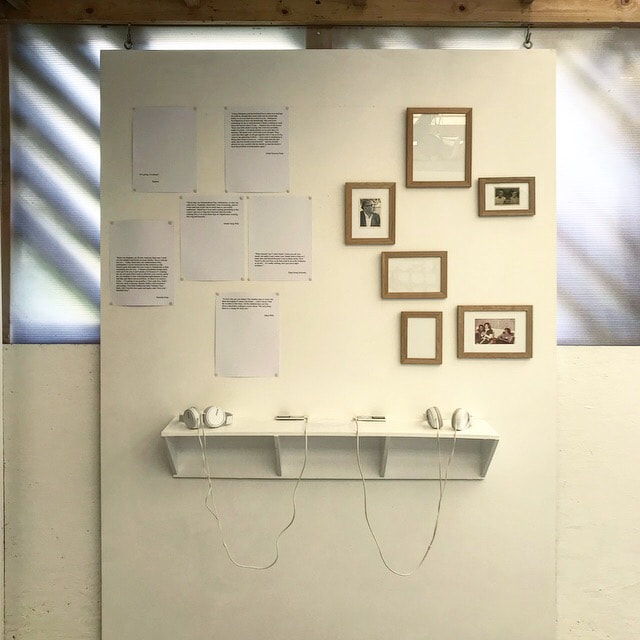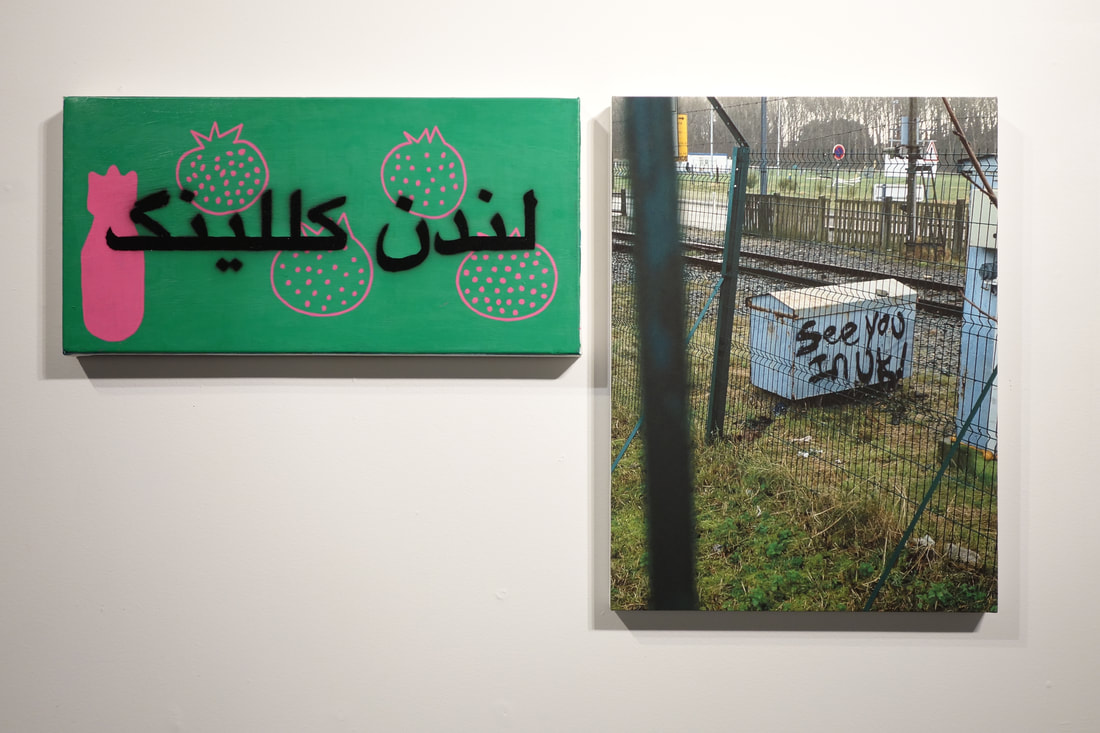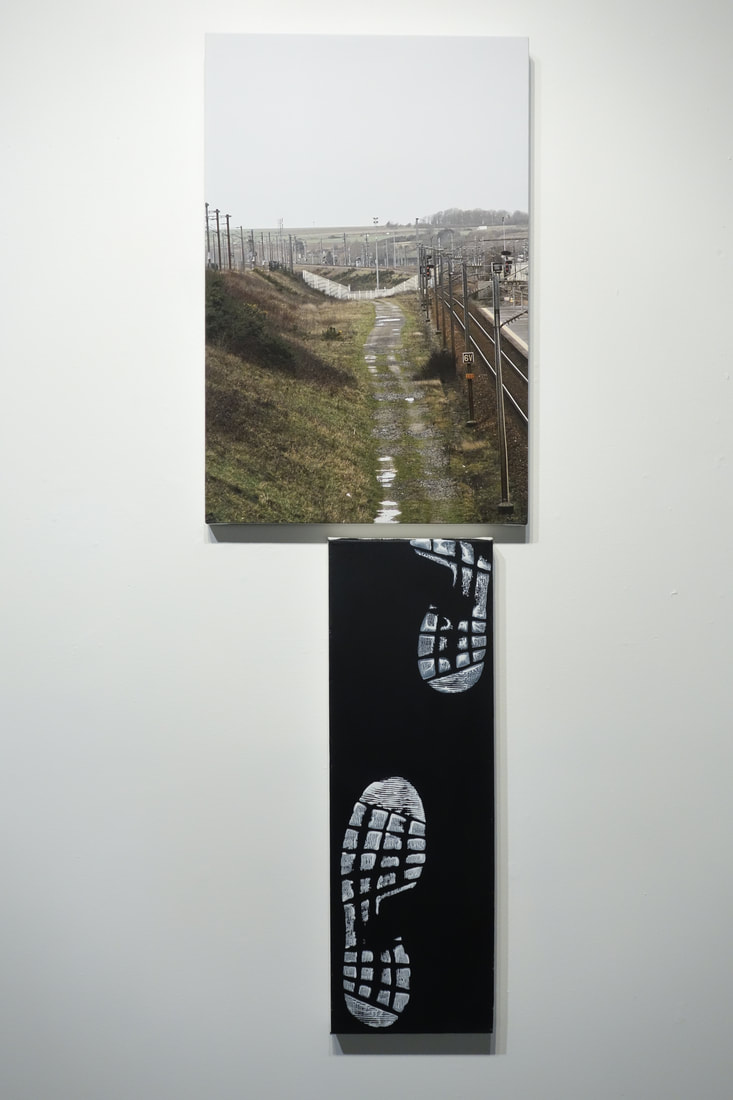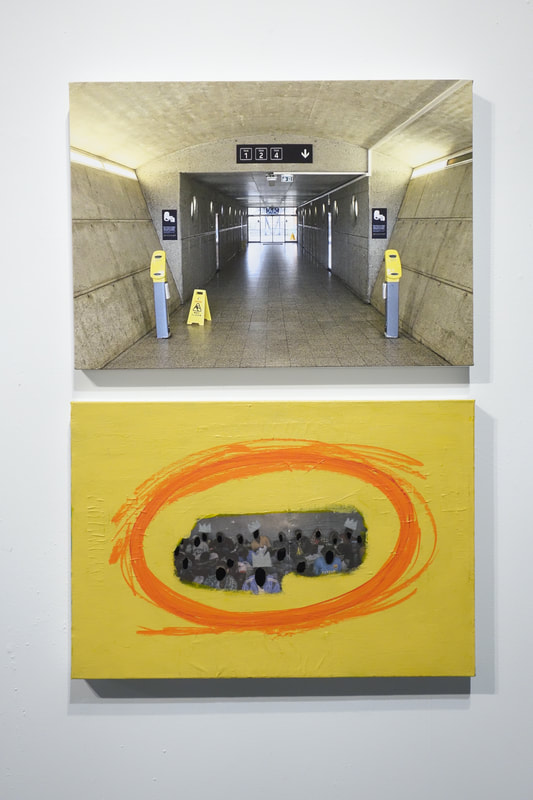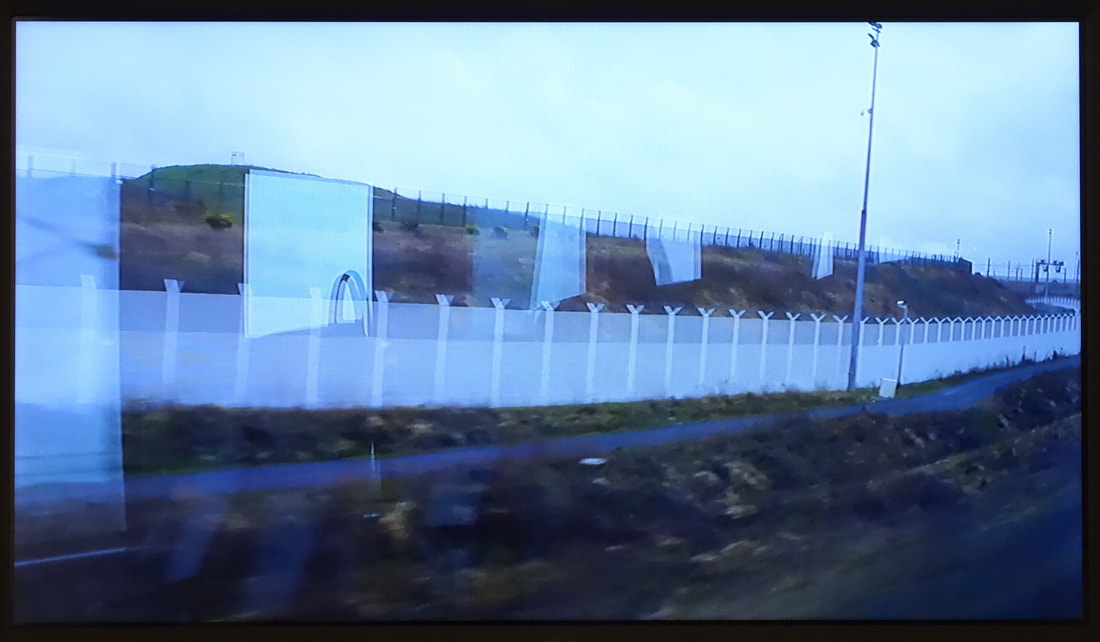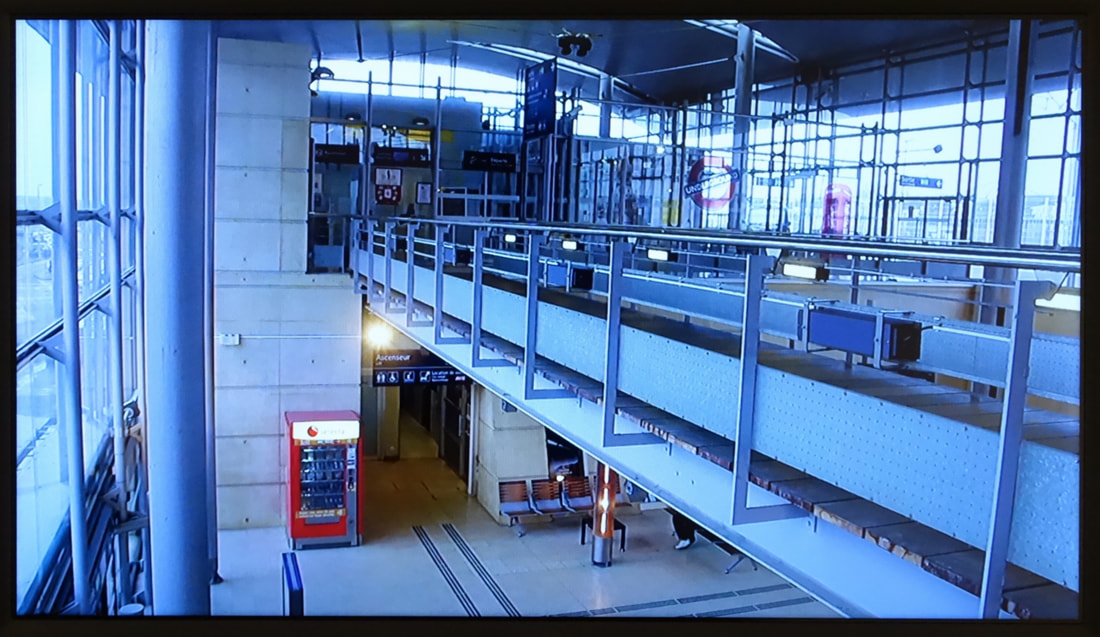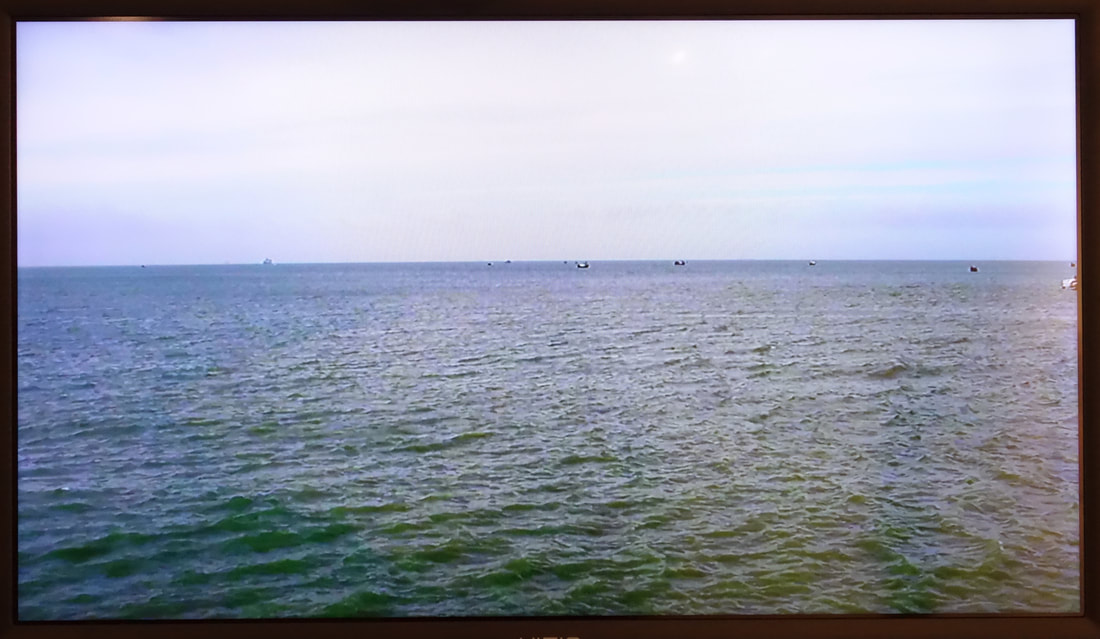Cultural Artist - Conceptual Anthropologist
The Letter, 2019
Fragmented Futures, Reflect Space
Los Angeles, California
Outliers, The Franklin
Chicago, USA
Like a familial artefact, this installation, based on an audio letter recorded on August 29, 1970 and sent by my mother's family in Kabul, Afghanistan to my parents in Jacksonville, Florida, provides an archival glimpse into a duality of ‘befores' - the before of coup d’etats and an ongoing war in Afghanistan and the before of my birth in February 1971; the letter received by my parents while I was in my mother’s womb.
Accompanied by another audio piece, inspired by the voices and stories in the recording, the resulting work is a meditative piece, both calm and chaotic, that carries the listener into emotional and historical landscapes. Simultaneously, certain minute and second markers represent the dates of personal and/or political historical events - a birth, a suicide, an invasion. Through its storytelling, the work speaks to lineage, place, memory, and belonging; stories known, stories unheard, and stories not yet lived.
Fragmented Futures, Reflect Space
Los Angeles, California
Outliers, The Franklin
Chicago, USA
Like a familial artefact, this installation, based on an audio letter recorded on August 29, 1970 and sent by my mother's family in Kabul, Afghanistan to my parents in Jacksonville, Florida, provides an archival glimpse into a duality of ‘befores' - the before of coup d’etats and an ongoing war in Afghanistan and the before of my birth in February 1971; the letter received by my parents while I was in my mother’s womb.
Accompanied by another audio piece, inspired by the voices and stories in the recording, the resulting work is a meditative piece, both calm and chaotic, that carries the listener into emotional and historical landscapes. Simultaneously, certain minute and second markers represent the dates of personal and/or political historical events - a birth, a suicide, an invasion. Through its storytelling, the work speaks to lineage, place, memory, and belonging; stories known, stories unheard, and stories not yet lived.
We Are Invisible Here, 2019
Diptychs:
The Song
The Horizon
The Processed
Still Frames/Video:
The Train
The Station
The Jetty
We Are Invisible Here, Slag Gallery, Solo Show
Brooklyn, NY, USA
Recognising the power of storytelling in forming our identities, communities, politics, and anxieties, in We Are Invisible Here, the migrant encampment the Jungle, in Calais, France, becomes a setting to challenge popular narratives of migration. With an official population count surpassing 8,000 migrants and refugees from Africa and the Middle East when French authorities destroyed it in October 2016, the Jungle had captured the attentions of political demagogues and media outlets that had reduced migrants to avatars of either criminality or suffering. Although it was and remains “an essential place” in the migration history of Europe, I leave migrants and refugees out of the works, instead looking closely at the site itself. Walls, fences, and other barriers guide migrants’ paths across Europe, and these structures form the distinct lines that comprise the works' compositions. The photos and videos of the in-between spaces demarked by these arbitrary obstacles capture the tension, hope, despair, and ambiguity experienced by the individuals that pass by or through them, disappearing into a society that, without the rights and agency of citizens, they experience as a dystopia.
For the three diptychs I have paired three photographs from Calais with three paintings created in reaction to each photo, each one informed by interviews with migrants I met in Paris. In the “The Horizon” (2019, photo, acrylic on canvas) a symmetrically composed photograph guides the viewer’s eye down a desolate path along a railroad until the path is abruptly severed by a fence. Its companion painting is constituted by the worn sole prints from sneakers that an Afghan migrant wore on two failed attempts to reach his wife in Germany. In “The Song” (2019, photo, acrylic on canvas), parallels are made between the Soviet invasion of Afghanistan in 1979—a war resulting in the deaths of 163 of my family members—and the condition of Afghanistan 40 years later. A recent graffiti tag in a photo of empty Calais train tracks reads “See you in UK!”—evoking The Clash’s 1979 album, “London Calling,” a record that marked my youth. For its companion painting, “London Calling” is transliterated with stencilled bomb symbols in the colours of the album cover.
While the migrants within the works are either obscured or altogether missing from the sites featured in the diptychs and videos, they remain the gravity around which the narratives within the works form. The locations featured are the settings for the migration stories that political leaders and the media tell the public, but the settings for these simplistic and narrow narratives are only a template, a template fractured through these works, elevating the migrants’ humanity above the tropes that desensitise the public to the migrants’ experiences. These works exist as pathways into their lives that are not corrupted by paradigms of the migrants’ ostensible trespasses or miseries, nudging the viewer toward alterative narratives of the migrant and refugee experience.
